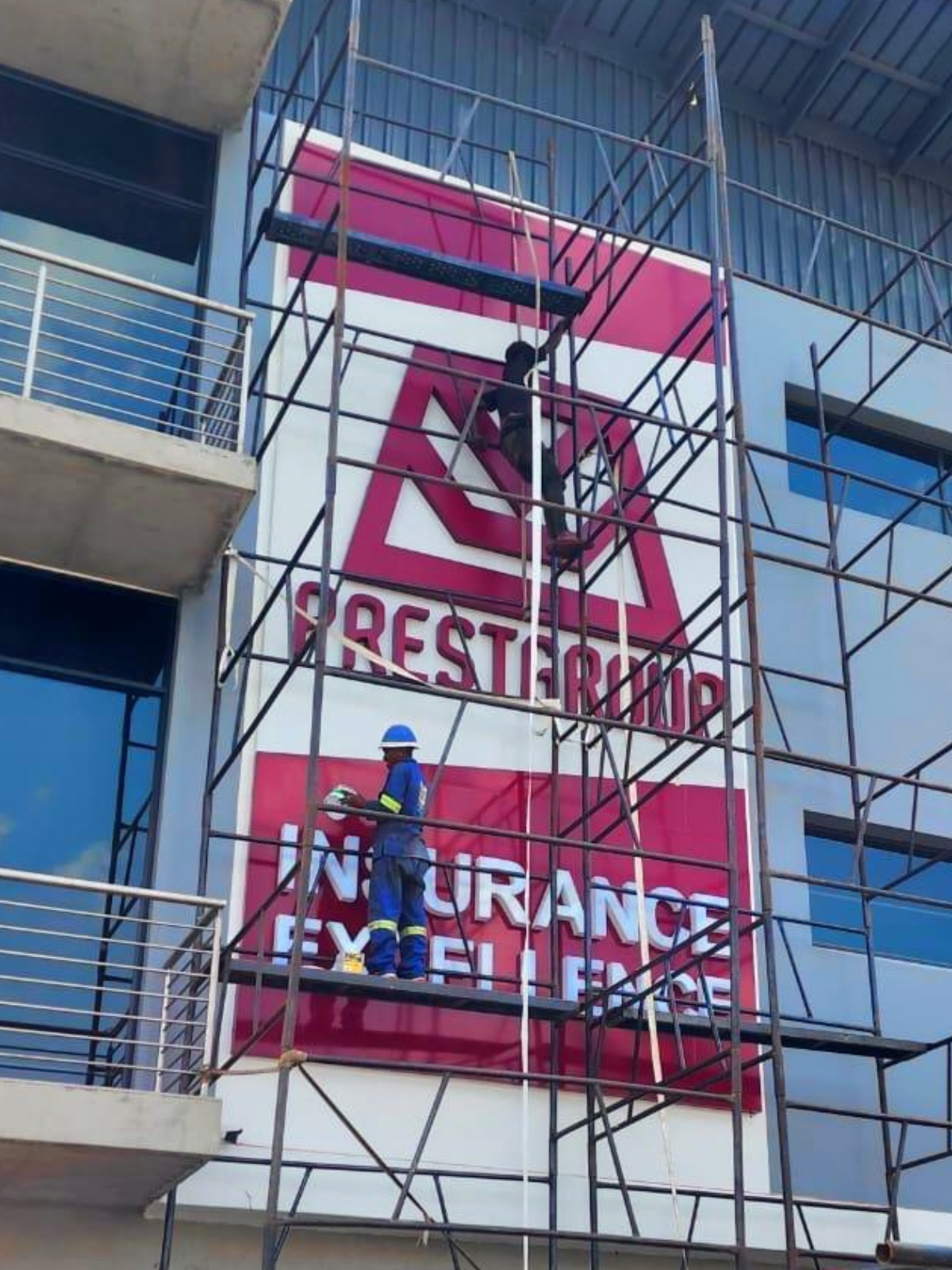When it comes to making a strong impression, signage does the heavy lifting—before your staff even says a word. But not all signs are created equal. Choosing between indoor and outdoor signage isn’t just about where it’s placed; it affects materials, durability, design, lighting, and compliance. Whether you’re launching a new storefront in Johannesburg or refreshing office signage in a corporate building, knowing the difference between indoor and outdoor signs helps you make smarter decisions that support your brand and your budget.
At Millennium Signs, we guide our clients through these choices every day. Let’s break it down.
What is Indoor Signage?
Indoor signs are used inside a business space to welcome, direct, inform, or reinforce brand identity. These can include reception signs, wall branding, window decals, office door plaques, safety notices, or even menu boards in a restaurant.

Because they’re protected from harsh weather, indoor signs focus more on aesthetics and alignment with your interior design. Materials like acrylic, vinyl, perspex, wood, and metal are common, with finishes tailored to match the tone of your business—whether it's sleek and modern or warm and rustic.

Key Features of Indoor Signage:
- Lightweight materials
- Easier to install or change out
- Customizable for reception areas, boardrooms, and retail spaces
- Often non-illuminated (but LED-lit options are growing in popularity)
- Supports navigation and enhances the customer experience
What is Outdoor Signage?

Outdoor signs are built to withstand Johannesburg’s sun, wind, and storms while attracting customers and building brand visibility. These include building signs, lightboxes, digital billboards, pylon signs, shopfront signs, and roof-mounted signage.
Durability is key. Materials like aluminium composite (ACM), stainless steel, powder-coated metals, and UV-protected vinyl are typically used. Illumination also plays a big role in outdoor signs. LED lighting ensures your sign is seen 24/7—even in poor weather or after hours.

Key Features of Outdoor Signage:
- Weather-resistant and UV-protected
- Larger, bolder designs made to capture attention from a distance
- Often illuminated (LED, lightbox, or backlit)
- Built to meet municipal safety and compliance standards
- Increases visibility and foot traffic from the street
Indoor vs Outdoor Signs: What’s the Real Difference?
| Aspect | Indoor Signage | Outdoor Signage |
|---|---|---|
| Purpose | Inform, direct, decorate, enhance experience | Attract, identify, promote brand externally |
| Durability Needs | Low – no exposure to elements | High – must resist sun, rain, wind |
| Lighting | Optional (often decorative) | Often essential for visibility at night |
| Material Choices | Acrylic, vinyl, wood, metal | ACM, powder-coated steel, weatherproof vinyl |
| Compliance | Interior safety signage regulations | Exterior safety, visibility, municipal by-laws |
Which Sign Should You Choose?
If you're outfitting an office or retail space, a combination of indoor and outdoor signs usually works best. Here are a few tips:
- For visibility and branding: Go with a large illuminated outdoor sign (lightbox or 3D fabricated lettering) above your entrance.
- For customer experience inside: Install indoor signage like branded reception signs, directional plaques, or safety signs.
- For compliance: Ensure both indoor and outdoor signage meets safety and municipal standards.
At Millennium Signs, we’ll help you blend function and style—creating a cohesive visual experience from the sidewalk to your boardroom.

Ready to Upgrade Your Business Signage?
From LED pylon signs to elegant office plaques, we design, manufacture, and install signs that work for your space—indoor or out. Get in touch for a free consultation, and let’s bring your brand to life, one sign at a time.
📧 Mohammed@millenniumsigns.co.za
📱 072 621 3273
📍 14 John Street, Selby, Johannesburg






